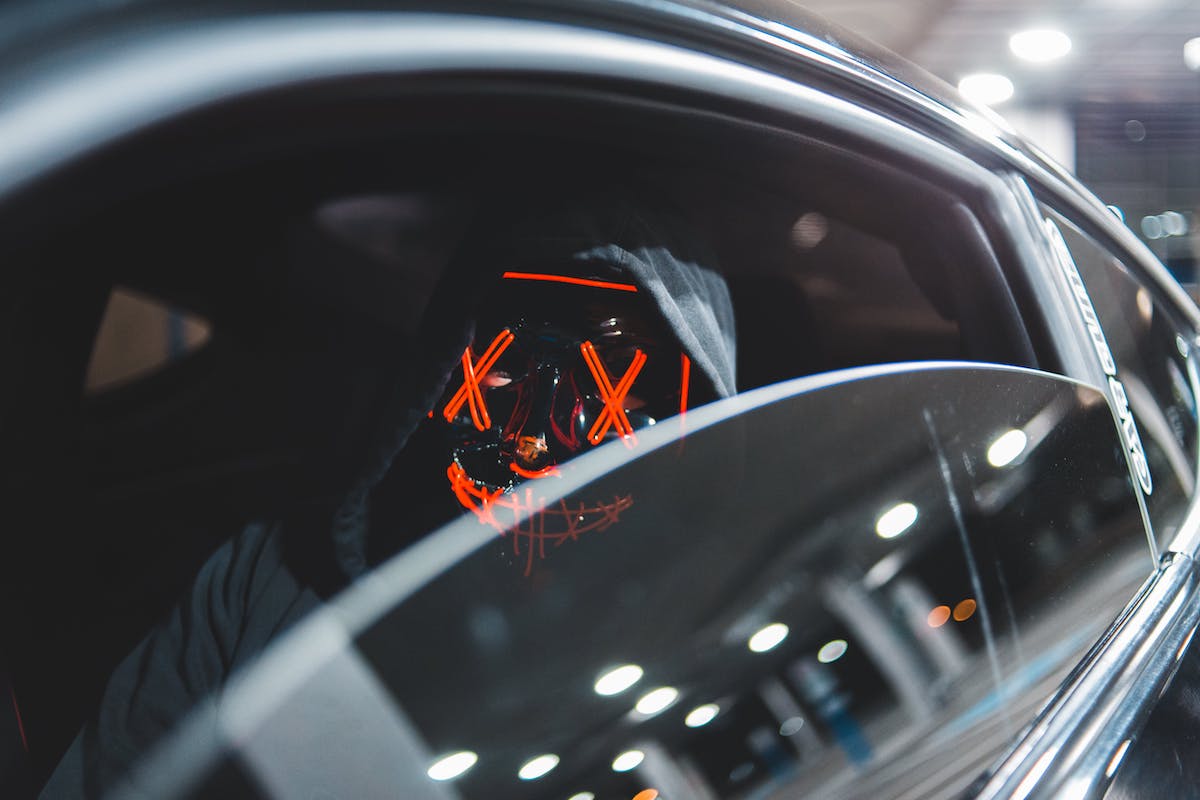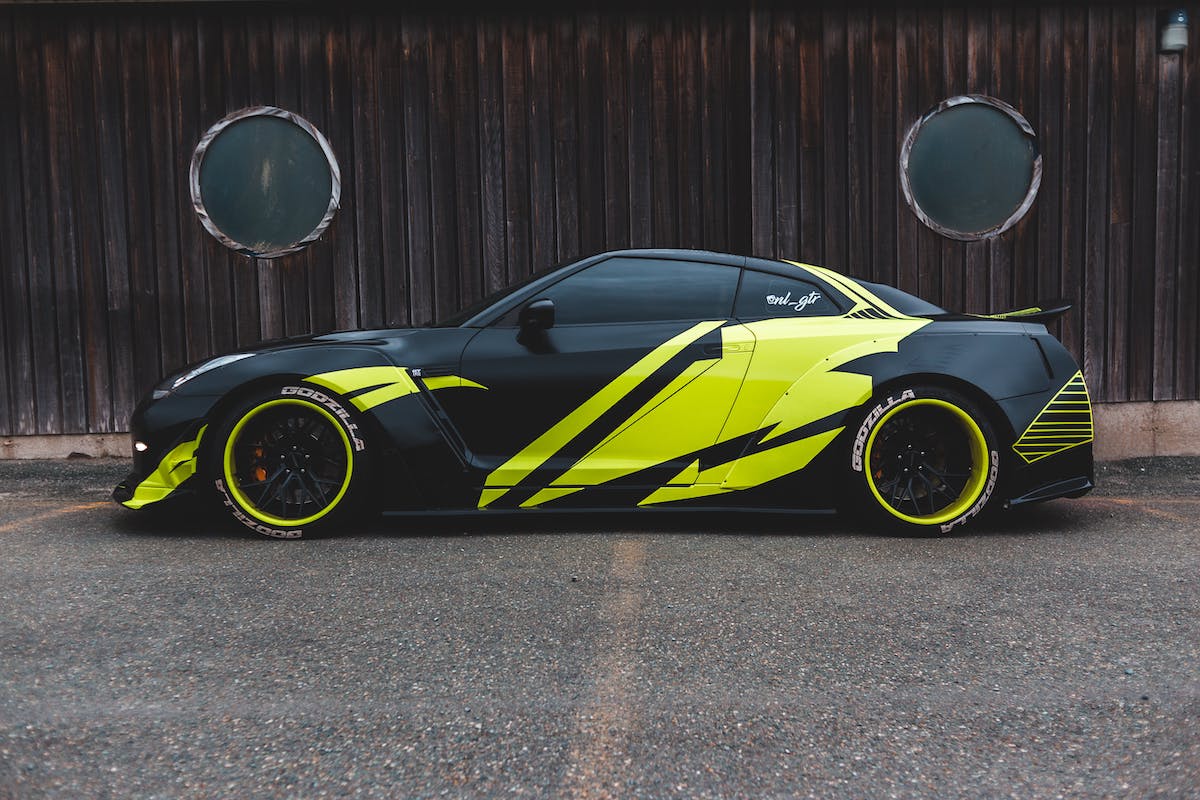
When it comes to customizing your car’s appearance, window tinting is a popular choice for many California residents. Not only does it enhance your vehicle’s aesthetics, but it can also provide privacy and protection from the sun’s glare. However, it’s essential to be aware of California’s window tint laws, which were updated. In this article, we’ll walk you through the regulations and requirements to ensure you stay on the right side of the law.
Table of Contents
Understanding California’s Window Tint Law
The first step in complying with California’s window tint law is to understand the regulations. The law primarily focuses on the permissible percentage of light transmission, commonly known as Visible Light Transmission (VLT). VLT refers to the amount of light that must pass through the window. The lower the percentage, the darker the tint.
Here’s a quick overview of the tint percentages allowed and not allowed in California for different types of vehicles:
| Vehicle Type | Front Side Windows | Rear Side Windows | Rear Window | Windshield |
|---|---|---|---|---|
| Sedans, Coupes, SUVs | 70% | Any % | Any % | 70% (Non-reflective) |
| Trucks, Vans | 70% | Any % | Any % | 70% (Non-reflective) |
| Limousines | 70% | 70% | 70% | 70% (Non-reflective) |
Why Complying with Tint Laws is Essential
Complying with window tint laws is not just about avoiding fines; it’s also about safety and visibility. The regulations are in place to ensure that drivers have a clear line of sight, especially during nighttime driving and low-visibility conditions. Tinted windows that are too dark can hinder a driver’s ability to see pedestrians, cyclists, and other vehicles, potentially leading to accidents.
Consequences of Non-Compliance
Now, let’s talk about what can happen if you don’t adhere to California’s window tint law:
- Fines: The first and most immediate consequence is the issuance of a ticket. Law enforcement officers can pull you over if they suspect your windows are too dark. The fine for a tint violation can range from $25 to $197 for each offense.
- Fix-It Ticket: In some cases, you may receive a “fix-it ticket,” giving you the opportunity to correct the issue and have your tint adjusted to comply with the law. After that, you will need to get the tint checked and signed off by an authorized agency.
- Insurance Implications: Non-compliance can also affect your auto insurance. If you are involved in an accident while in violation of window tint laws, your insurer may refuse to cover damages or injuries.
- Safety Concerns: Dark window tints can also attract unnecessary attention from law enforcement, leading to potential searches or delays during traffic stops.
References and Resources
To ensure you have the most up-to-date and accurate information on California’s window tint laws, it’s essential to refer to official government sources. The California Department of Motor Vehicles (DMV) and the California Highway Patrol (CHP) websites are reliable sources of information and can help you better understand the law’s specifics.
- DMV Website: https://www.dmv.ca.gov
- CHP Website: https://www.chp.ca.gov
Always check with official government sources for the most accurate and current information regarding California’s window tint laws.
In conclusion, while window tinting can enhance your vehicle’s appearance and comfort, it’s crucial to abide by California’s window tint law. Understanding the regulations, knowing the allowed tint percentages, and the potential consequences of non-compliance will help you enjoy the benefits of window tinting without running afoul of the law. Keep your vehicle safe and legal, and enjoy your drive in the Golden State.
FAQs
What is the darkest legal tint in California?
In California, the darkest legal tint allowed for the front side windows of most vehicles, including sedans, coupes, and SUVs, is 70%. This means that 70% of visible light must pass through the window. However, rear side windows and the rear window do not have specific percentage requirements, which means they can be tinted as dark as you prefer.
Are 20% tint in front legal in California?
20% tint on the front side windows is not legal in California. The permissible tint percentage for front side windows in most vehicles is 70%. While it is common for people to desire darker tinting, exceeding this limit can result in fines and other legal consequences.
Is 30 tint illegal in California?
In California, 30% tint on the front side windows is also illegal. As mentioned earlier, the legal limit for front side windows is 70%. Tint percentages below this threshold are not in compliance with the state’s window tint laws.
How strict is California on tint?
California is relatively strict when it comes to enforcing window tint laws. Law enforcement officers can pull over vehicles they suspect of having excessively dark window tints. Non-compliance can result in fines, fix-it tickets, insurance implications, and safety concerns, so it’s essential to be aware of and adhere to the regulations.
Is 15% tint legal in California?
15% tint is not legal for the front side windows of most vehicles in California. The permissible tint percentage for front side windows is 70%, while there are no specific percentage requirements for rear side windows or the rear window. Always ensure that your window tint complies with California’s regulations to avoid potential legal consequences.






